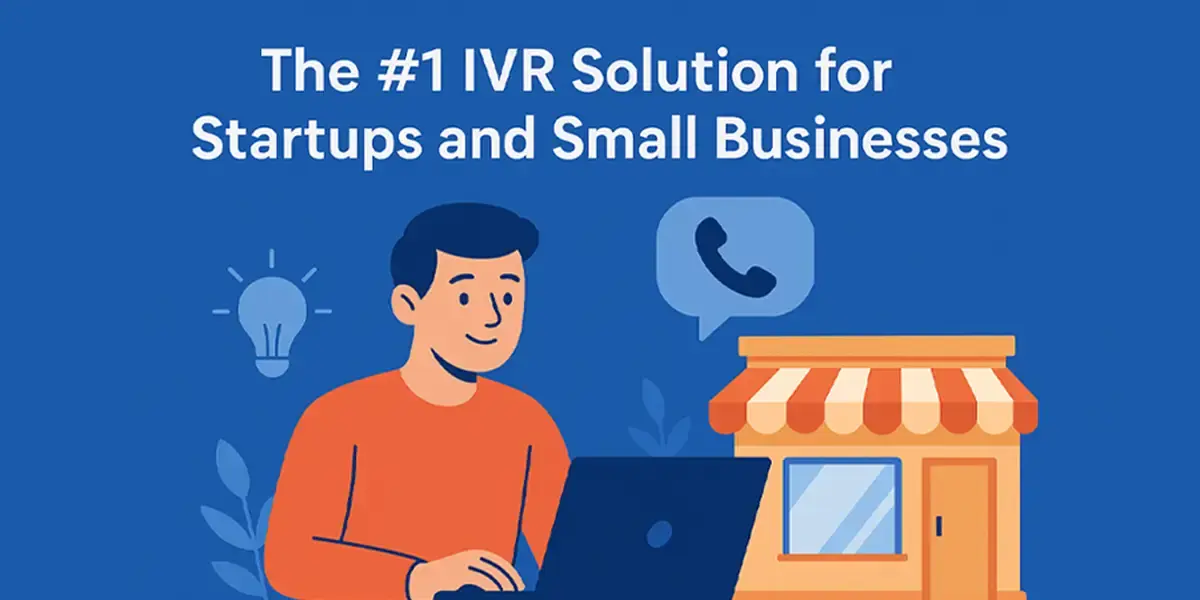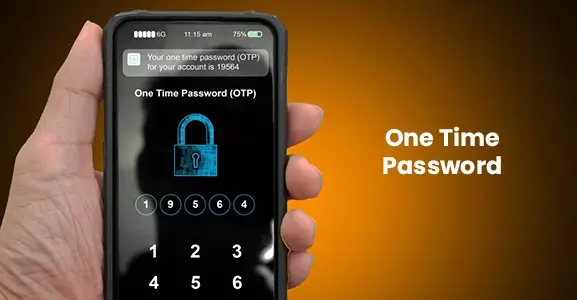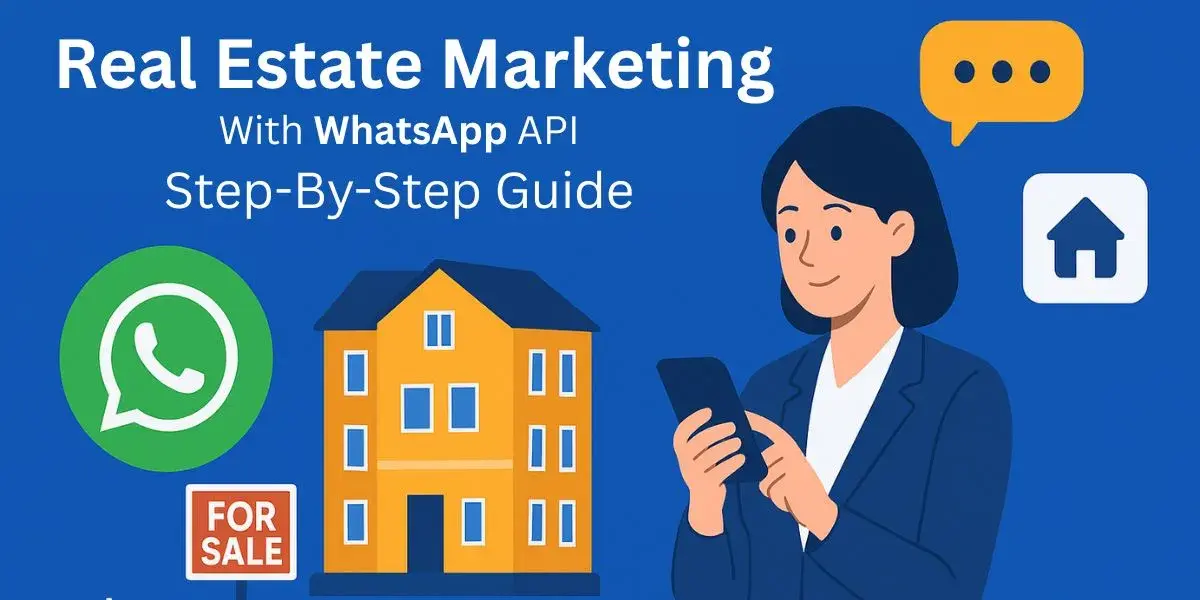One-time passwords (OTP) are a highly effective way to improve business communication and collaboration security. They are a form of two-factor authentication that provides an extra layer of security, in addition to a regular password, to ensure that only authorized users can access sensitive information. OTPs are generated randomly and are valid for a single use, making them nearly impossible to hack.
Implementing OTPs in business environments can improve collaboration and productivity by ensuring that sensitive information is only accessible to authorized personnel, reducing the risk of data breaches and increasing collaboration speed. In this article, we will explore how one-time passwords can be used to improve business collaboration and productivity, including the benefits and best practices for implementation. Move ahead and discover how one-time passwords are a must-have for business communication and how you can make the most of the OTP platform.
Introduction (One Time Password)
OTP stands for one time password. It is usual to get an OPT code and OTP verification. A one-time password is a unique code that is generated for a single login session or transaction. After the code has been used, it becomes invalid and cannot be used again. This provides an added layer of security, as it makes it more difficult for unauthorized individuals to access sensitive information. OTP full form is one time password
According to a recent study by Market Research Future, the global one-time password market is anticipated to produce at a compound annual growth rate (CAGR) of 16.5% from 2020 to 2027. This growth is driven by increasing concerns over cybersecurity and the need for more efficient and secure communication and collaboration tools.
One-time passwords are important for improving business productivity and collaboration in today’s rapidly evolving business environment. By providing an additional layer of security and enabling secure and efficient communication, OTPs help to free employees to focus on their work and improve collaboration among team members. With the continued growth of the one-time password market, businesses of all sizes can take advantage of these benefits and stay ahead of the curve.
Read More: Top 10 Most Popular Bulk SMS Service Providers In India
One Time Password For Improving Business Productivity And Collaboration
The business world is rapidly evolving, and companies must be able to keep pace to remain competitive. One important aspect of this is ensuring secure and efficient communication and collaboration among employees, partners, and customers. One-time passwords (OTPs) have emerged as a valuable tool in this regard, providing an added layer of security while also improving productivity and collaboration.
Benefits Of One Time Passwords
Improved Security: The use of OTPs helps to prevent unauthorized access to sensitive information, as it requires the user to enter a unique code each time they log in. This makes it more problematic for hackers to gain access, as they would need to obtain the OTP in addition to the user’s login credentials.
Increased Productivity: By reducing the risk of unauthorized access, OTPs help improve productivity by freeing employees from constantly monitoring their systems for security breaches. This allows them to focus on their work and finish more quickly.
Enhanced Collaboration: OTPs can also help to improve collaboration by making it easier for employees to work together on projects and share information. This is because OTPs allow for secure and efficient communication between employees, regardless of their location or device.
One of the key benefits of OTPs is that they are unique and can only be used once. This makes it much more difficult for unauthorized individuals to access sensitive information, as they would need to obtain both the OTP and the user’s login credentials. In addition, because the OTP is only valid for a limited period of time, it provides an added layer of security by reducing the risk of a successful phishing attack.
Another benefit of OTPs is that they can be used to improve productivity and collaboration. By reducing the risk of unauthorized access, employees can focus on their work without constantly monitoring their systems for security breaches. This frees up their time and allows them to get more done in less time. In addition, OTPs can be used to enable secure and efficient communication between employees, regardless of their location or device. This allows team members to work together on projects and share information in real-time, improving collaboration and overall business productivity.
OTPs can be delivered to the user in several ways, including SMS, email, or through a mobile app. SMS is the most commonly used method, as it is widely available and easy to use. However, other methods, such as mobile apps, offer additional security benefits, such as the ability to securely store multiple OTPs and the option to receive notifications when a new OTP is generated.
In conclusion, one-time passwords are a powerful tool for improving security and productivity in business. They provide an added layer of security beyond traditional username and password combinations, making it more difficult for unauthorized individuals to access sensitive information. In addition, they allow employees to focus on their work and improve collaboration among team members by enabling secure and efficient communication. With the continued growth of the one-time password market, businesses of all sizes can take advantage of these benefits and stay ahead of the curve.
OTP Vs TOTP Vs Static Password
As online identity theft continues to increase globally through methods such as phishing, keyboard logging, man-in-the-middle attacks, and others, the convenience of static passwords as an authentication method is becoming less secure. Strong authentication systems are incorporating an additional security component, such as a one-time password (OTP) to address this issue.
This additional layer of security makes it much more difficult for unauthorized individuals to access sensitive information, networks, or online accounts. One popular form of OTP is the Time-based One-Time Password (TOTP), which changes after a specified period, such as every 60 seconds. By incorporating a temporary OTP into their authentication process, businesses can improve their overall security and protect the digital identities of their users.
How One Time Password Works?
One-time passwords, also known as OTPs, are a secure method of authentication used to access sensitive information or systems. They provide an added layer of security beyond traditional username and password combinations by requiring the user to enter a unique code for each login session or transaction. In this article, we will explore how one-time passwords work and why they are becoming increasingly popular as a tool for improving security and productivity in business.
OTPs are generated using an algorithm that takes into account both a secret key and a timestamp. The secret key is shared between the user and the authentication server, while the server generates the timestamp to ensure that the code cannot be used after a certain period of time. When the user attempts to log in, they enter their username, password, and OTP. The authentication server then uses the secret key and the timestamp to verify that the code entered is correct. If the code is correct, the server grants access to the user.
How To Create One Time Password?
One-time passwords (OTPs) can be generated in a variety of ways, each with its own advantages and disadvantages in terms of security, convenience, cost, and accuracy.
Grid Cards: A basic method for generating OTPs is through the use of grid cards or transaction number lists. These methods are low-cost but slow, difficult to manage, easily replicated and shared, and require users to keep path of where they are on the list.
Security Tokens: A more convenient option for users is the use of OTP tokens, which are hardware devices capable of generating one-time passwords. Some of these strategies are PIN-protected, offering an added level of security. However, they can be expensive to deploy, especially for consumer applications, and users may need a different token for each website or network they access.
Smart Cards and OTP: Advanced hardware tokens use microprocessor-based smart cards to calculate OTPs. Smart cards offer numerous benefits, such as data storage capacity, portability, processing power, and ease of use, and are inherently more secure than other OTP tokens. Display payment cards can even participate in an OTP generator for 2-factor authentication.
PKI for OTP Strong Authentication: Smart cards can also incorporate PKI or Public Key Infrastructure certificates for strong authentication. When used for PKI apps, the smart card device provides encryption, digital signature, and private key generation and storage services. Thales offers smart cards that support OTP strong authentication in Java and Microsoft .NET environments, with multiple form factors and connectivity options available to meet end-users’ needs. All OTP devices work with the same Strong Authentication Server and come with a standard set of administrative tools.
Read More: Top 10 Best Virtual Phone Number Providers In India
The Use Cases For One-Time Passwords Are Abundant
Although it might not seem endless, the applications for one-time passwords (OTPs) are abundant and growing. In an age where verification is crucial, more and more industries are turning to two-factor authentication that utilizes OTPs linked to user devices. Various industries are revolutionizing the user validation process from financial services and digital banking to healthcare, insurance, government services, retail, and e-commerce. Here are some of the unique use cases for OTPs:
- Device authentication
- E-commerce transaction confirmation
- Money transfer validation
- New user registration
- Password registration and reset
- Sign up and login
- User authentication
The benefits of using OTPs are significant, with so many possibilities to choose from.
Conclusion
In conclusion, One-Time Passwords (OTPs) are a powerful tool for improving business communication and collaboration security. They provide an extra layer of security to ensure that only approved users can access sensitive information, which can help to reduce the risk of data breaches and increase the speed of collaboration. By implementing OTPs, businesses can improve collaboration and productivity by ensuring that sensitive information is only accessible to authorized personnel.
Additionally, OTPs are easy to implement, cost-effective and can be used on various platforms. Businesses can also use OTPs in combination with other security measures such as multi-factor authentication, to further enhance security. In order to find the most out of OTPs, it is important to have a clear understanding of their benefits and best practices for implementation, and ensure that all employees are trained on the proper use of OTPs.
If you have no idea on what OTP stands for, OTP one time password, OTP code, OTP full form, OTP platform, OTP verification, or what is my OTP number, ask cloud communication service providers for a better solution. For more information on utilizing one time password to improve business communication, call the Fonada team at 1800 137 3839 or email at info@fonada.com.
FAQs
OTP full form is one time password. OPT one time password is a unique, temporary code that is used for authentication purposes. It is used as an additional layer of security in addition to the traditional username and password. The server generates the code and is valid for only a single use, after which it expires and becomes invalid. The purpose of OTP is to prevent unauthorized access to a user’s account and to protect sensitive information from being compromised.
OTP is often used for banking transactions, online shopping, and other secure activities where sensitive information is involved. When a user attempts to access their account, the server will send an OTP code to their registered mobile number or email. The user must then enter the OTP in order to gain access to their account. This extra step of authentication provides a much higher level of security and protects the user’s information from being accessed by unauthorized parties.
OTP is widely used in industries such as finance, healthcare, insurance, and e-commerce. It provides a convenient and secure way for users to access their accounts and conduct transactions. With the increasing use of online services, OTP is becoming increasingly important to prevent fraud and protect sensitive information. OTP verification or two-factor authentication (2FA) is a security process to allowing users get two forms of identification to authenticate their individuality before accessing a resource.
The One-Time Password (OTP) authentication process offers several options for users to receive and enter the temporary code. The traditional method involves sending the OTP as an SMS message to the user’s registered mobile number. Another option is Voice OTP, where the password is received as a phone call on the user’s mobile. For users with limited sight, Voice OTP can be a useful alternative.
Additionally, Push Notification OTP can be implemented using a dedicated app, where the code is sent as a push notification to the user’s phone and entered on the login screen for verification. These various OTP options provide secure, convenient, and flexible options for businesses to enhance collaboration and productivity.
OTP one time password is increasingly being used in various industries to enhance the security of online transactions and protect users’ sensitive information. OTPs provide an additional layer of protection by requiring users to enter a unique, temporary code in addition to their username and password. This makes it much more difficult for unauthorized individuals to access their accounts. Here are some industries that have greatly benefited from the implementation of OTPs.
Financial Services and Digital Banking – With the rise of online banking and financial services, OTPs have become crucial in preventing financial fraud. They provide an added level of security for users when accessing their bank accounts, making transactions, and managing their finances online.
IT Services – IT services, especially those that deal with sensitive information, are prime targets for hackers. OTPs have become key in securing these services and preventing data breaches. They ensure that only authorized individuals have access to critical systems and data.
Healthcare – The health care industry handles large amounts of sensitive information, making it a prime target for cyber-attacks. OTPs play a crucial role in protecting the privacy and safety of patients’ medical records and information.
Government Services – Government services, such as online tax filing and passport applications, deal with sensitive information and require a high level of security. OTPs are a key tool in protecting citizens’ personal and financial information, and ensuring that only authorized individuals have access to it.
Retail and E-commerce – The rise of online shopping has made retail and e-commerce a prime target for cyber-attacks. OTPs provide an added layer of security for users when making online purchases, and help prevent fraudulent transactions.
So, OTPs have become a crucial tool in various industries, providing an added layer of security for users and protecting sensitive information. With the increasing threat of cyber-attacks, OTPs have become an indispensable tool in ensuring the privacy and security of users’ information.
You get a 4 or 6 six digits code as an OTP that is often referred to as a one-time pin or dynamic password. An OTP code is a temporary code generated for secure authentication purposes and is typically sent to your registered phone number or email address.
OTP verification, also known as two-factor authentication (2FA), is a security process that requires a user to provide two forms of identification to verify their identity before accessing a resource, such as an online account.
The first form of identification is stereotypically a password or user name, and the second form is a unique, one-time code generated by an authentication device or service. The OTP is typically sent via text message, voice call, or push notification to the user’s mobile device and is required to complete the login process. The use of OTPs helps to ensure that only the intended user can access sensitive information and helps to prevent unauthorized access to accounts.
OTPs are typically sent to users via SMS, email, or generated by a hardware token or mobile app. The user enters the OTP within a limited timeframe to complete the authentication process.
OTP adds an extra layer of security to the authentication process. Since the password is valid for only a short period, even if it is intercepted, it becomes useless after that time, reducing the risk of unauthorized access.
OTPs can be time-based (changes after a fixed time interval) or event-based (changes after each transaction or login attempt). Common types include SMS OTPs, email OTPs, and those generated by authenticator apps.
No, OTPs are designed to be used only once. Reusing an OTP would compromise the security of the system, as it defeats the purpose of generating a temporary, unique code.
Two-factor authentication (2FA) involves using two different authentication factors. OTP is often used as one of the factors, alongside something the user knows (like a password). This adds an extra layer of security compared to relying solely on a password.
While OTPs are generally secure, there are potential risks such as SIM swapping, man-in-the-middle attacks, or phishing attempts. It’s crucial to implement security best practices and use additional security measures, such as biometric authentication or device-based verification.
If you don’t receive an OTP, check your network connection, ensure your contact information is correct, and look for any messages in your spam or junk folders. If the issue persists, contact the service provider for assistance.

Dec 08, 2025
The #1 IVR Software That Fuels Startup Growth & Lead Generation
If you run a startup or an SME, you already understand one universal truth: every missed call feels... Read More
Dec 02, 2025
AI Call Center: How Voice Bots Are Replacing Traditional Call Centers in 2026
Customer expectations have changed forever. People want support that i... Read More
Nov 28, 2025
SMS & IVR Solutions for Healthcare: Improving Patient Engagement
Walk into any hospital or clinic today and you will notice something immediately. Everyone is busy.... Read MoreLatest Updates
From Fonada
Industry Insights, Trends, Innovations, Updates, and Case Studies from Industry Experts
View
Customer
Reviews
Discover why our customers love us - read their authentic and heartfelt reviews!
View
Case
Studies
Explore real-life scenarios, offering analysis, and solutions to practical challenges
View
Convert Leads Into Sales With Fonada
Trusted CPaaS Solution Provider








